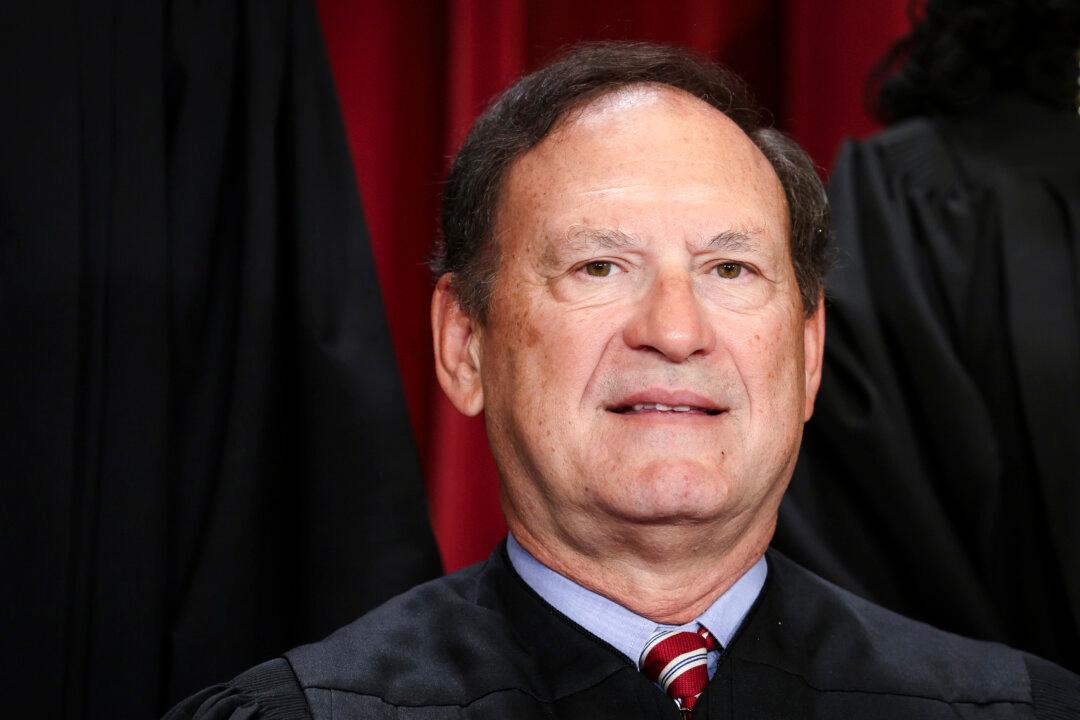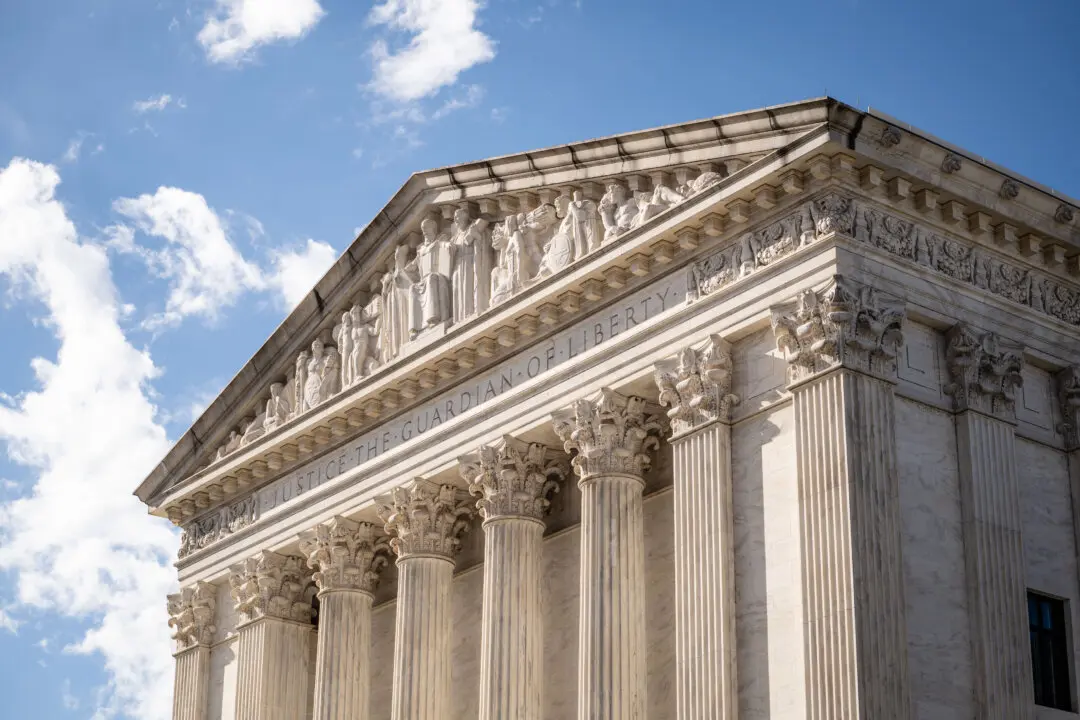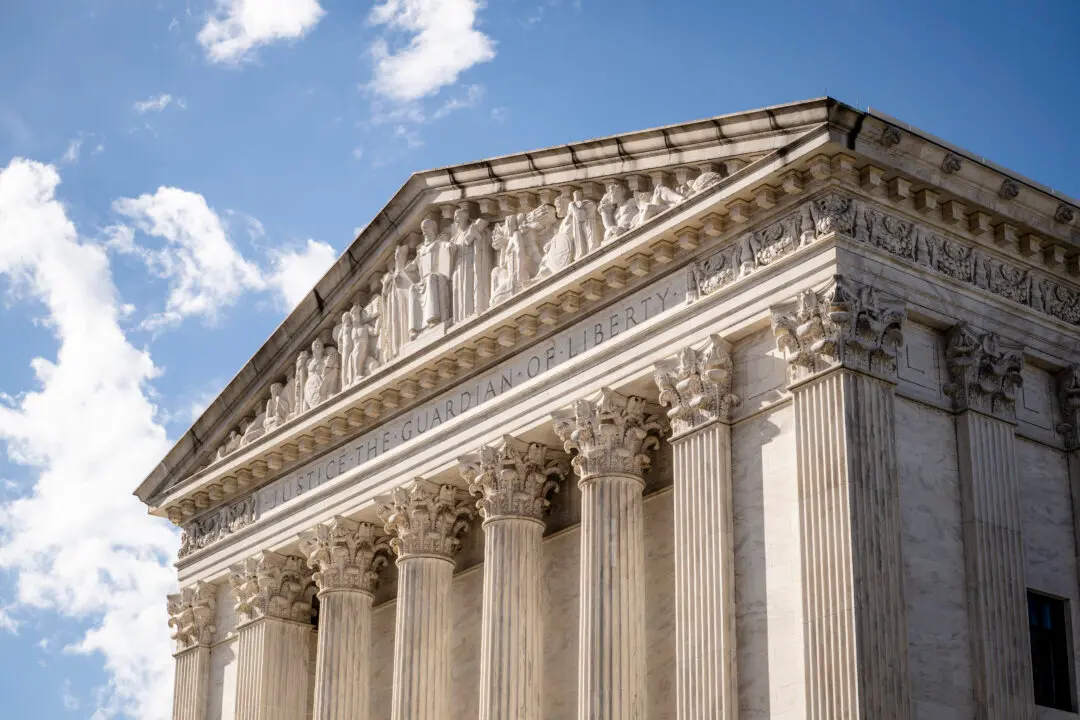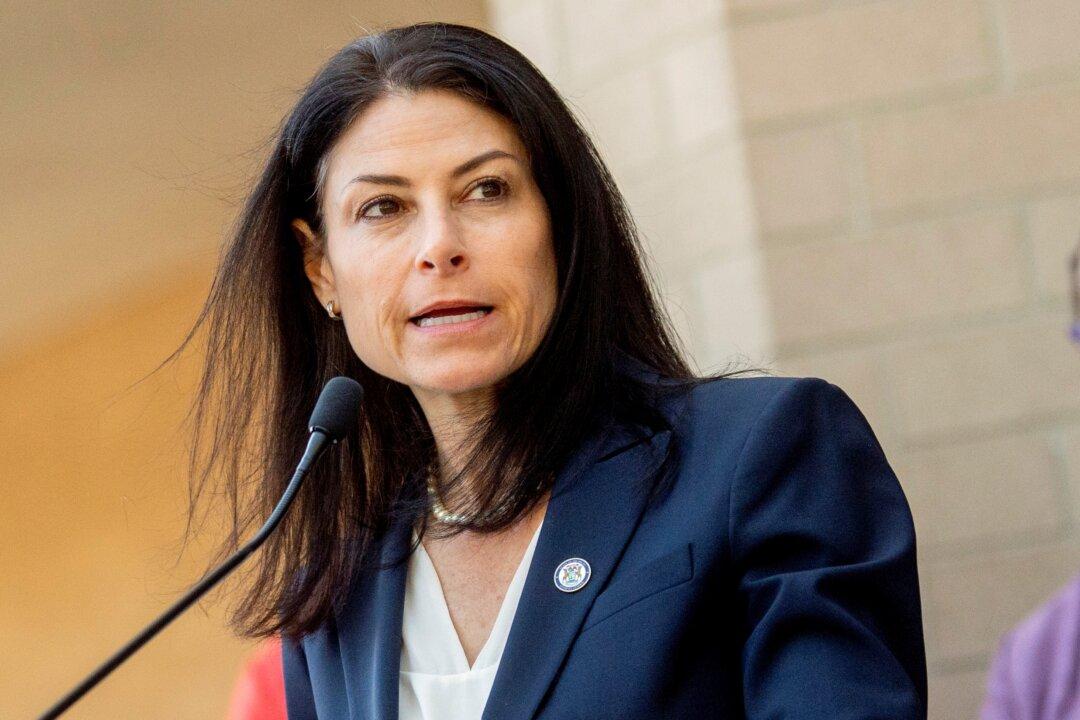A divided Supreme Court has upheld a lower court ruling that gives the federal government new powers to regulate pollution that travels through groundwater.
Although regulating pollution has generally been left to state and local governments, two conservative justices—Chief Justice John Roberts and Associate Justice Brett Kavanaugh—sided with the four liberal justices to boost federal authority.





